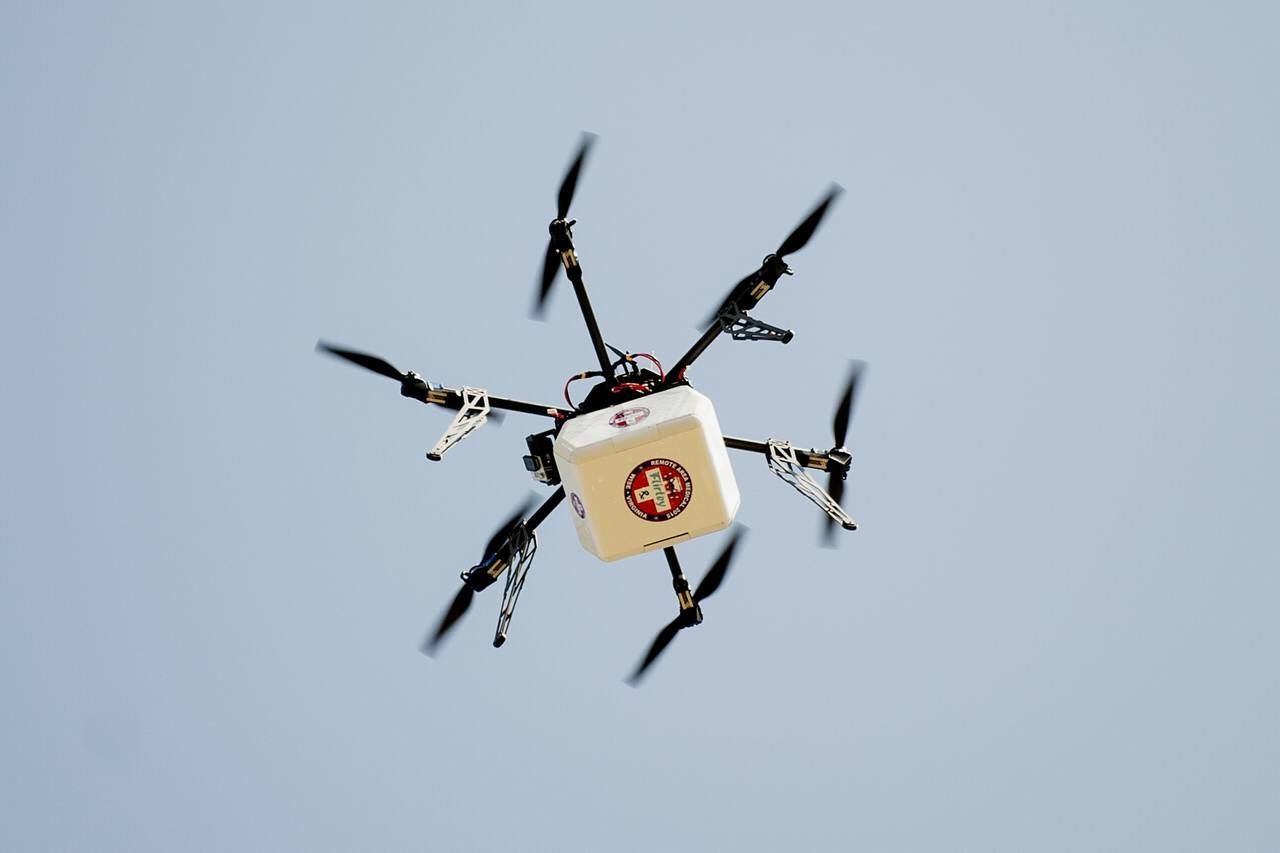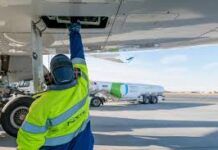
The nation’s first FAA-approved package deliveries by unmanned aerial system – a sign of things to come – took place Friday as a series of short test flights that took medicine to a rural health clinic in Virginia. The event, conducted by NASA’s Langley Research Center and Flirtey Inc., an Australian company, demonstrated the potential uses for door-to-door UAS deliveries. It also showed the current limitations of the concept, mainly flight distance and the weight small drones can carry. Friday’s delivery began with NASA’s UAS test aircraft, a Cirrus SR22 that flies with a pilot in the cockpit but is controlled remotely from the ground. It picked up 10 pounds of medicine and supplies and flew 35 nautical miles west. At Lonesome Pine Airport, Flirtey divided the cargo into smaller packs and flew its hexacopter to the clinic and back until all the cargo was delivered. The hexacopter’s trip to the clinic was about a mile and took three minutes, according to a Wall Street Journal report on the event.
“This first unmanned aerial delivery gave us the chance to do some critical research and mission exploration with our Cirrus SR22,” NASA’s Frank Jones said in a statement. “We flew the aircraft remotely beyond visual line of sight for the first time from a portable ground station.” Meanwhile, Flirtey’s CEO, Matthew Sweeny, called the tests a historic first step despite the limitations. The UAS flown Friday can carry 5.5 pounds for 20 miles, Sweeny told the Journal. The FAA, which is working on finalizing commercial UAS regulations, has approved flight testing for delivery companies like Amazon but hasn’t specified how it would accommodate package transport in its final rule.

































